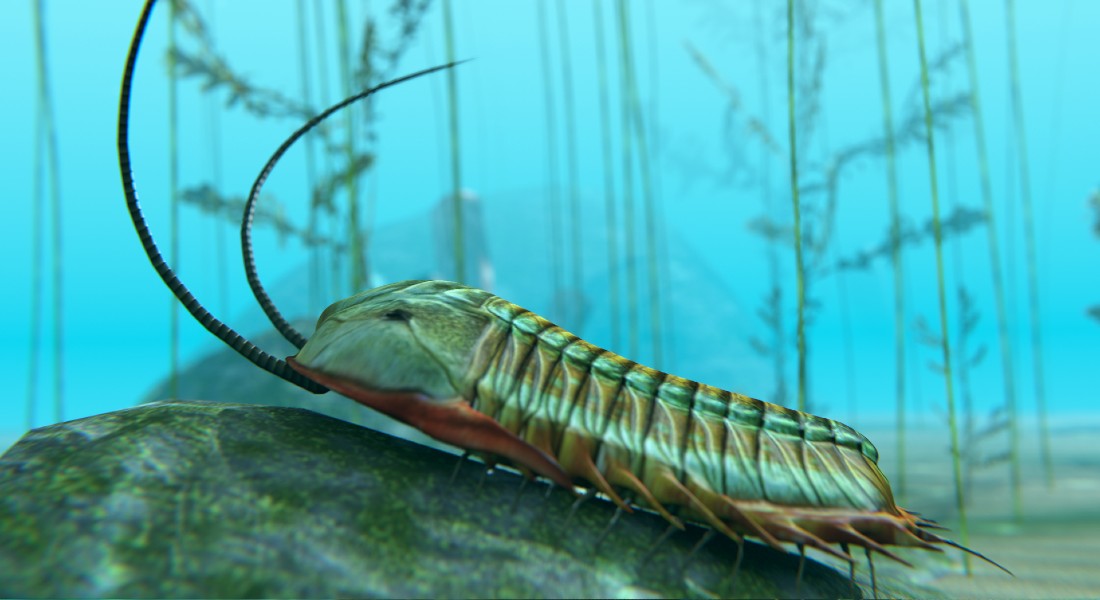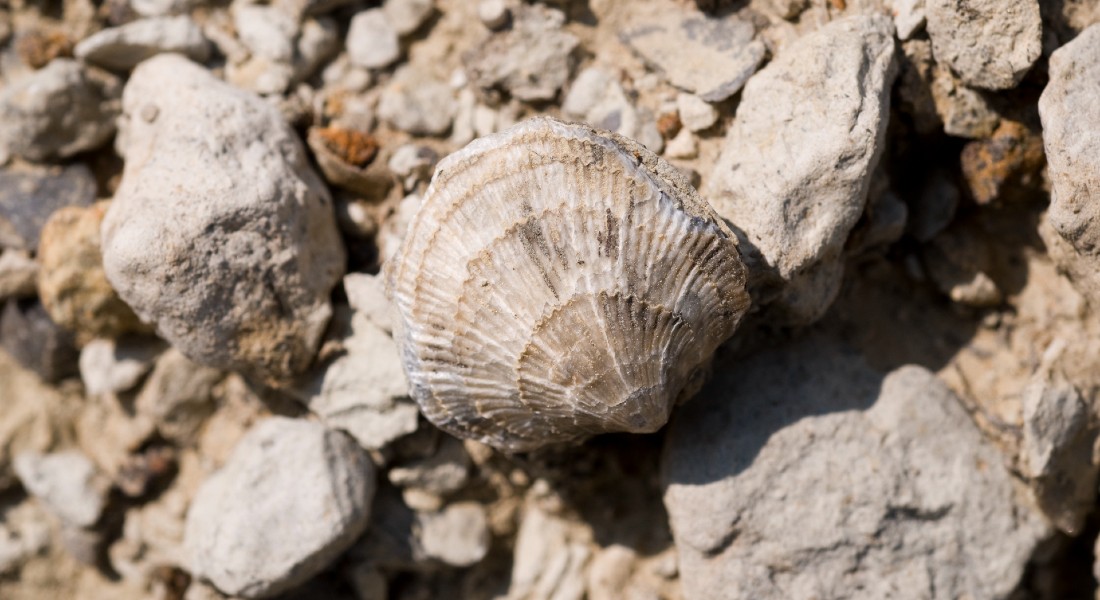The greatest increase in marine biodiversity on Earth was not due to the explosion of an asteroid, as previously believed. In fact, the explosion caused the development of new animal species to stagnate for a period of time. Instead, the answer as to why marine biodiversity increased suddenly is due to a change in the Earth's climate cycle, according to a new study by researchers at the University of Copenhagen and Museum Mors.

In a geological period 469 million years ago known as the Ordovicium Period, Earth's seas were inhabited by animals like trilobites (reminiscent of pill bugs), conodonts (eel-like vertebrates) and brachiopods (animals with two-part shells reminiscent of seashells).
But suddenly, something happened that became crucial for life to develop towards the life we know from today’s oceans. Marine biodiversity quadrupled in a few million years. In fact, it was the largest increase in biodiversity in the history of our planet.
The reason for this sudden spike in species diversity has always been a subject of hot debate in research circles.
One of the most spectacular explanations has been that the explosion of an asteroid between Mars and Jupiter caused a gigantic, sustained meteor bombardment of Earth, one that formed a mass of cosmic dust that shadowed the Sun and resulted in a period of colder temperatures.
While there is broad consensus that colder temperatures are crucial for the increase in biodiversity, the cosmic dust explanation does not hold. This, according to a new study by researchers at the University of Copenhagen and Museum Mors.
"Our results demonstrate that the period of colder weather and increased biodiversity occurred long before the asteroid explosion and subsequent meteor bombardment – 600,000 years earlier, to be precise. This proves that these two phenomena cannot be linked," explains Nicolas Thibault, an associate professor at the University of Copenhagen’s Department of Geosciences and Natural Resource Management.
In fact, the researchers' analysis of fossils in ancient sedimentary layers of seabed at Steinsodden in southern Norway reveals that, on the contrary, the asteroid explosion led to a stagnation in biodiversity on Earth.
"Instead of triggering an increase in biodiversity, the cosmic dust from the asteroid’s explosion probably acted as a temporary brake on species evolution. The dust blocked sunlight, which impaired most photosynthetic processes – and the living conditions of animals in general, as a result," explains Jan Audun Rasmussen, curator and researcher at Museum Mors and the study’s lead author.

Colder weather led to a change in Earth's climate cycles
The researchers believe that the explanation for this vast increase in biodiversity lies in changes to Earth’s climate cycles, which refer to the fact that ice cap formation can alter the expression of Earth’s orbital movements in marine sediments, namely, that of planet’s tilt, spin and rotational path around the Sun.
"Our study shows that a shift towards a colder climate began exactly 469.2 million years ago. 200,000 years later, temperatures were even lower and caused ice to form at the then south pole," explains the study’s co-author, Christian Mac Ørum Rasmussen, an associate professor at the University of Copenhagen’s Globe Institute.
This change in climate, which the new study finds recorded in limestone layers from southern Norway, coincides with a change in relation to the planet's axis of rotation and orbit around the sun. According to the researchers, this is the change that triggered a permanent shift towards colder climates and the consequent blooming of marine biodiversity.
"Our study has brought us a step closer to understanding what led to this large increase in biodiversity. At the same time, we have also discovered an important piece of the puzzle with regards to how climate affects biodiversity and life on Earth in general. This knowledge will allow us to better prevent the loss of animal and plant diversity in the future," concludes Nicolas Thibault.

Research techniques
- Researchers at the University of Copenhagen and Museum Mors analysed fossilized seabed deposits in sedimentary layers from the Steinsodden area of southern Norway. This allowed them to detect astronomical climate cycles in the layers of sediment.
- By analyzing the fossilized teeth of conodonts (primitive, eel-like animals that lived 469 million years ago), the researchers were able to document the bloom of species with unprecedented precision.
- Until now, scientific researchers have never been able to accurately map the interval in time between the asteroid explosion and increase in biodiversity.
"We have essentially been able to decode an incredible evolutionary story at a time scale that goes right down to thousands of years, whereas it was only possible to distinguish between events at millions of years apart previously. This, even when we're talking about events that transpired nearly half a billion years ago," explains Christian Mac Ørum Ramussen, one of the researchers behind the study.
Contact
Nicolas Thibault
Associate Professor
Department of Geosciences and Natural Resource Management
University of Copenhagen
+45 29876064, nt@ign.ku.dk
Christian Mac Ørum Rasmussen
Associate professor
Globe Institute
University of Copenhagen
+4535322357, c.macorum@sund.ku.dk
Jan Audun Rasmussen
Head of Museum and researcher
Museum Mors
+45 4214 9792, jan.rasmussen@museummors.dk
Ida Eriksen
Journalist
Faculty of Science
University of Copenhagen
+45 93 51 60 02
ier@science.ku.dk
